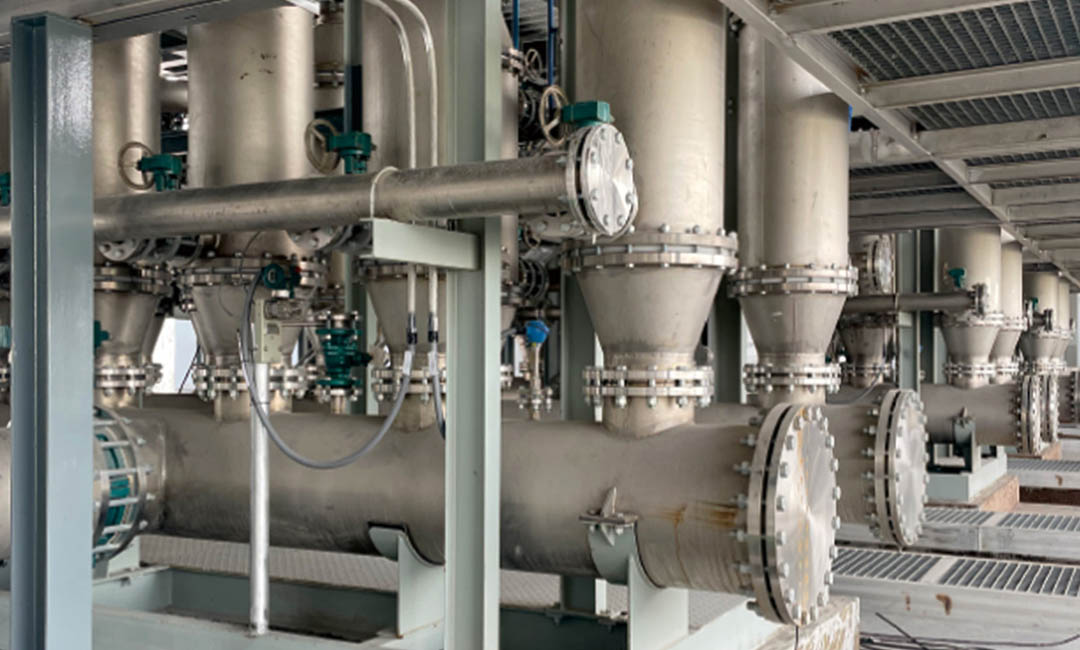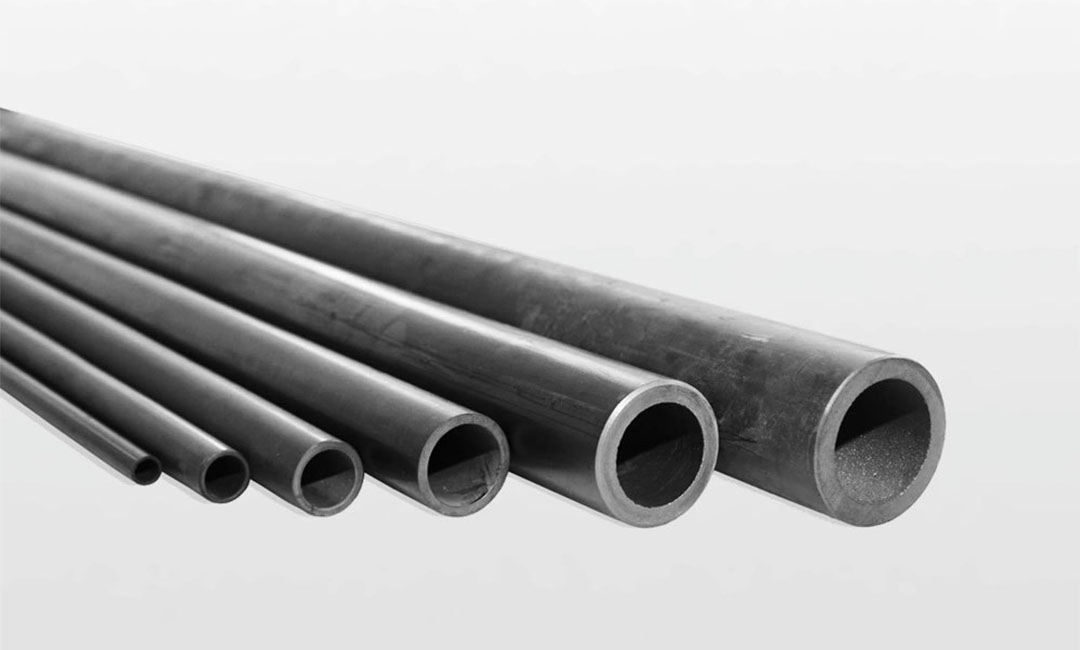Benefits of Using High-Temperature SiC Membranes in Industrial Filtration Processes
High-temperature silicon carbide (SiC) membranes have become increasingly popular in industrial filtration processes due to their exceptional properties and performance. These membranes are made from a durable and heat-resistant material that can withstand extreme temperatures, making them ideal for applications where traditional membranes would fail. In this article, we will explore the key applications of high-temperature SiC membranes in filtration and the benefits they offer to various industries.
One of the primary applications of high-temperature SiC membranes is in the filtration of hot gases and liquids. These membranes can effectively filter out impurities and contaminants from high-temperature streams, ensuring that the final product meets quality standards. Industries such as petrochemical, chemical, and metallurgical rely on high-temperature SiC membranes to purify their processes and improve efficiency.
Another important application of high-temperature SiC membranes is in the treatment of wastewater and industrial effluents. These membranes can withstand the harsh conditions of industrial wastewater, including high temperatures, corrosive chemicals, and abrasive particles. By using high-temperature SiC membranes, industries can effectively remove pollutants and contaminants from their wastewater, ensuring compliance with environmental regulations.
High-temperature SiC membranes are also used in the filtration of molten metals and alloys. These membranes can withstand the extreme temperatures of molten metals, allowing for efficient separation of impurities and dross. Industries such as steelmaking, aluminum production, and foundries rely on high-temperature SiC membranes to improve the quality of their products and reduce waste.
In addition to their high-temperature resistance, SiC membranes offer several other benefits that make them ideal for industrial filtration processes. These membranes have a high mechanical strength, allowing them to withstand high pressures and flow rates without compromising performance. They also have a high chemical resistance, making them suitable for a wide range of applications where traditional membranes would degrade or fail.
Furthermore, high-temperature SiC membranes have a long lifespan and require minimal maintenance, reducing downtime and operational costs for industries. These membranes are also easy to clean and regenerate, ensuring continuous and reliable filtration performance. Overall, high-temperature SiC membranes offer a cost-effective and sustainable solution for industrial filtration processes.
In conclusion, high-temperature SiC membranes have become indispensable in industrial filtration applications due to their exceptional properties and performance. These membranes are used in a wide range of industries, including petrochemical, chemical, metallurgical, and wastewater treatment. By using high-temperature SiC membranes, industries can improve the quality of their products, comply with environmental regulations, and reduce operational costs. With their high-temperature resistance, mechanical strength, chemical resistance, and long lifespan, SiC membranes offer a reliable and cost-effective solution for industrial filtration processes.
Case Studies Highlighting Successful Implementation of SiC Membranes in Water Treatment
Silicon carbide (SiC) membranes have gained significant attention in recent years due to their exceptional thermal and chemical stability, making them ideal for high-temperature applications. One of the key areas where SiC membranes have shown great promise is in water treatment, particularly in filtration processes. In this article, we will explore some case studies that highlight the successful implementation of high-temperature SiC membranes in water treatment.

One of the primary advantages of using SiC membranes in water treatment is their ability to withstand high temperatures, making them suitable for applications where conventional polymeric membranes would fail. This is particularly important in industries such as oil and gas, where the presence of contaminants and high temperatures pose significant challenges to the filtration process.
In a case study conducted by a leading water treatment company, SiC membranes were used to treat produced water from oil and gas operations. The high-temperature SiC membranes were able to effectively remove oil, grease, and other contaminants from the water, resulting in a significant reduction in the overall treatment costs. The membranes also demonstrated excellent fouling resistance, leading to longer operational lifetimes and reduced maintenance requirements.

Another successful application of high-temperature SiC membranes in water treatment is in the desalination of brackish water. In a case study conducted in a coastal region with limited freshwater resources, SiC membranes were used to treat brackish water and produce potable water for the local community. The high thermal stability of the SiC membranes allowed for the use of higher operating temperatures, resulting in improved water quality and reduced energy consumption.
In addition to their high-temperature capabilities, SiC membranes also offer superior chemical resistance, making them ideal for treating water with high levels of contaminants. In a case study conducted in a mining operation, SiC membranes were used to treat wastewater containing heavy metals and other toxic substances. The membranes were able to effectively remove the contaminants, resulting in water that met regulatory standards for discharge.
The success of these case studies highlights the versatility and effectiveness of high-temperature SiC membranes in water treatment applications. Their ability to withstand extreme conditions, coupled with their superior filtration performance, make them a valuable asset for industries looking to improve their water treatment processes.
In conclusion, the key applications of high-temperature SiC membranes in filtration are vast and varied, with successful case studies demonstrating their effectiveness in treating produced water, desalinating brackish water, and removing contaminants from wastewater. As industries continue to face increasing challenges in water treatment, SiC membranes offer a reliable and cost-effective solution for improving water quality and reducing environmental impact. With ongoing research and development in this field, the future looks bright for the widespread adoption of high-temperature SiC membranes in water treatment.
Future Trends and Innovations in High-Temperature SiC Membrane Technology for Filtration Applications
High-temperature silicon carbide (SiC) membranes have emerged as a promising technology for filtration applications in recent years. These membranes offer several advantages over traditional filtration methods, including high thermal stability, chemical resistance, and mechanical strength. As a result, they have found a wide range of applications in industries such as water treatment, gas separation, and pharmaceuticals.
One key application of high-temperature SiC membranes is in the field of water treatment. These membranes are capable of removing a wide range of contaminants from water, including bacteria, viruses, and organic compounds. This makes them ideal for use in municipal water treatment plants, where the need for clean and safe drinking water is paramount. Additionally, high-temperature SiC membranes can also be used in industrial wastewater treatment, where they can effectively remove pollutants before the water is discharged into the environment.
In the gas separation industry, high-temperature SiC membranes are used to separate different gases based on their molecular size and shape. This is particularly useful in applications such as hydrogen purification, where the separation of hydrogen from other gases is crucial for the production of clean energy. High-temperature SiC membranes offer high selectivity and permeability, making them an ideal choice for such applications.
Another important application of high-temperature SiC membranes is in the pharmaceutical industry. These membranes can be used for the filtration of pharmaceutical products, such as vaccines and drugs, to ensure their purity and safety. High-temperature SiC membranes are capable of removing even the smallest particles and microorganisms from pharmaceutical solutions, making them an essential tool for maintaining the quality of pharmaceutical products.
In addition to these key applications, high-temperature SiC membranes are also being explored for use in other industries, such as food and beverage processing, oil and gas production, and air filtration. The unique properties of high-temperature SiC membranes make them versatile and adaptable to a wide range of filtration applications.
As the demand for clean water, pure gases, and safe pharmaceutical products continues to grow, the need for advanced filtration technologies such as high-temperature SiC membranes will only increase. Researchers and engineers are constantly working to improve the performance and efficiency of these membranes, making them more cost-effective and sustainable for a variety of applications.
In conclusion, high-temperature SiC membranes have become an indispensable tool in the field of filtration, with applications ranging from water treatment to gas separation to pharmaceutical processing. Their unique properties make them ideal for a wide range of industries, and ongoing research and development efforts are expected to further expand their capabilities in the future. As the demand for clean and safe products continues to rise, high-temperature SiC membranes will play a crucial role in meeting these needs and ensuring a sustainable future for filtration technology.

